Mazda’s Electric MX-30 Being Pulled From the U.S. Market

The Mazda MX-30 EV will be pulled from the U.S. market after 2023, with the manufacturer stating its preference to prioritize hybrid models. While the small crossover will live on in other parts of the world with a rotary range extender, mimicking what BMW did with the i3 with some Mazda-specific flair, the company’s first all-electric vehicle seems to have been a flop in North America.
Let’s be objective. The MX-30 EV (not to be confused with the CX-30) was always a compliance automobile. The vehicle comes with a laughably short range of 100 miles and was sold exclusively in California with sales volumes that can only be described as abysmal. Mazda sold just 181 examples of the MX-30s in 2021 and another 324 in 2022. It wasn’t a popular model and that fact doesn’t appear to be changing in 2023.
We’ve seen other brands field models with a similar trajectory before and undoubtedly will again in a bid to comply with escalating CAFE standards.
Other markets received MX-30s equipped with a 2.0-liter e-Skyactiv motor (mild hybrid) and the company debuted a plug-in hybrid with the aforementioned range extender in January of 2023. While there’s a chance the United States might someday see those versions go on sale, we recommend holding your breath. The rotary assisted PHEV doesn’t seem to be any faster and boasts an even smaller battery good for about 50 miles.
While the range extender is supposed to make that a non issue for the MX-30, the concept hasn’t resonated with American consumers — who seem to prefer traditional hybrids to EVs boasting gasoline-powered generators.
All of the above reminds us of the Fiat 500e, which the late Sergio Marchionne confessed existed solely to satisfy emission regulations. He even went so far as to request consumers not purchase the vehicle due to the fact that Fiat Chrysler Automobiles lost money on every transaction.
But the model is going back on sale in the U.S. under the Stellantis banner, with improvements to its range the company believes will make it more desirable. This may also be what’s in store for the MX-30. However, Fiat’s new leadership seems supremely interested in EV sales whereas Mazda appears to be a company that’s only doing electrification out of obligation. The Japanese brand has always seemed more interested in squeezing every drop it could out of small combustion engines than diving into battery power.
At any rate, Mazda does seem keen to offer more hybrids and has said that will be key to its current production strategy. Leadership has even suggested the MX-30 may return to our market in hybrid guise. But nothing other than the EV variant’s demise has been made official thus far.
[Images: Mazda]
Become a TTAC insider. Get the latest news, features, TTAC takes, and everything else that gets to the truth about cars first by subscribing to our newsletter.

A staunch consumer advocate tracking industry trends and regulation. Before joining TTAC, Matt spent a decade working for marketing and research firms based in NYC. Clients included several of the world’s largest automakers, global tire brands, and aftermarket part suppliers. Dissatisfied with the corporate world and resentful of having to wear suits everyday, he pivoted to writing about cars. Since then, that man has become an ardent supporter of the right-to-repair movement, been interviewed on the auto industry by national radio broadcasts, driven more rental cars than anyone ever should, participated in amateur rallying events, and received the requisite minimum training as sanctioned by the SCCA. Handy with a wrench, Matt grew up surrounded by Detroit auto workers and managed to get a pizza delivery job before he was legally eligible. He later found himself driving box trucks through Manhattan, guaranteeing future sympathy for actual truckers. He continues to conduct research pertaining to the automotive sector as an independent contractor and has since moved back to his native Michigan, closer to where the cars are born. A contrarian, Matt claims to prefer understeer — stating that front and all-wheel drive vehicles cater best to his driving style.
More by Matt Posky
Latest Car Reviews
Read moreLatest Product Reviews
Read moreRecent Comments
- Kwik_Shift_Pro4X Canadians are able to win?
- Doc423 More over-priced, unreliable garbage from Mini Cooper/BMW.
- Tsarcasm Chevron Techron and Lubri-Moly Jectron are the only ones that have a lot of Polyether Amine (PEA) in them.
- Tassos OK Corey. I went and saw the photos again. Besides the fins, one thing I did not like on one of the models (I bet it was the 59) was the windshield, which looked bent (although I would bet its designer thought it was so cool at the time). Besides the too loud fins. The 58 was better.
- Spectator Lawfare in action, let’s see where this goes.

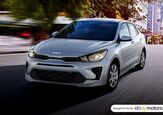
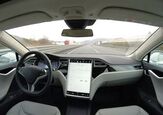
















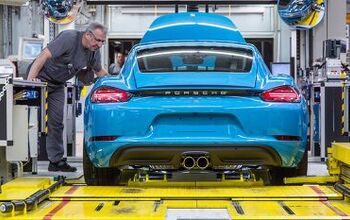


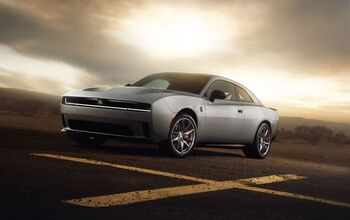

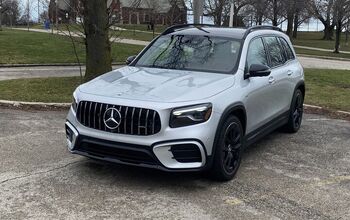
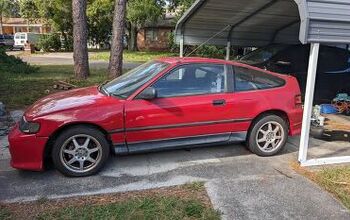
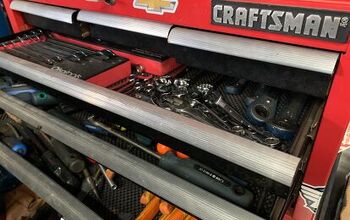

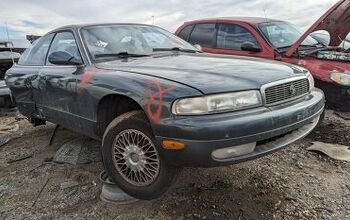
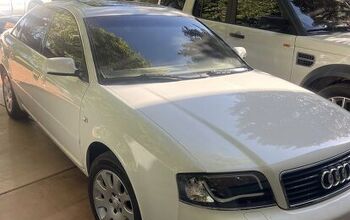

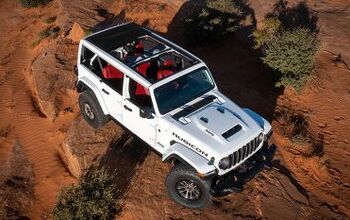

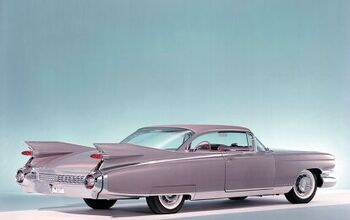
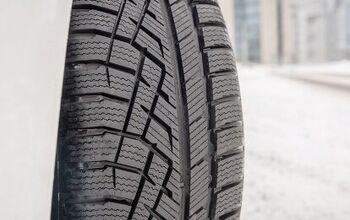


Comments
Join the conversation
They're just following Toyota's lead in inching away from plug-in anything. This country is too big, and most people travel too many miles, for the urban plug-in to be a success outside of congested cities like Boston/NYC.
The market outside of those dense urban zones is much bigger (and potentially more profitable) and gas/electric hybrids make more sense. If they're not selling enough plug-ins to move the CAFE needle, more Gas/electric hybrids will.
Matt Posky hit the nail on the head: the plug-in is a CAFE compliance vehicle, and it didn't sell enough to do the job. Technically, so are the gas/electric hybrids, but they're cheaper to make and easier to sell in volume at a profit. Look for more automakers selling in the US to do the same.
I disagree with the idea that the MX-30 is a compliance vehicle. There wasn't enough production allocation to make a real difference in CAFE or emissions scores. I look at it as a real-world test platform. Its lack of sales is not really an issue for Mazda at this point. However, Mazda had better put the research to good use, because if the US government continues to follow Europe's central-planning industrial policy, gasoline engines will be stamped out within about 10 years.